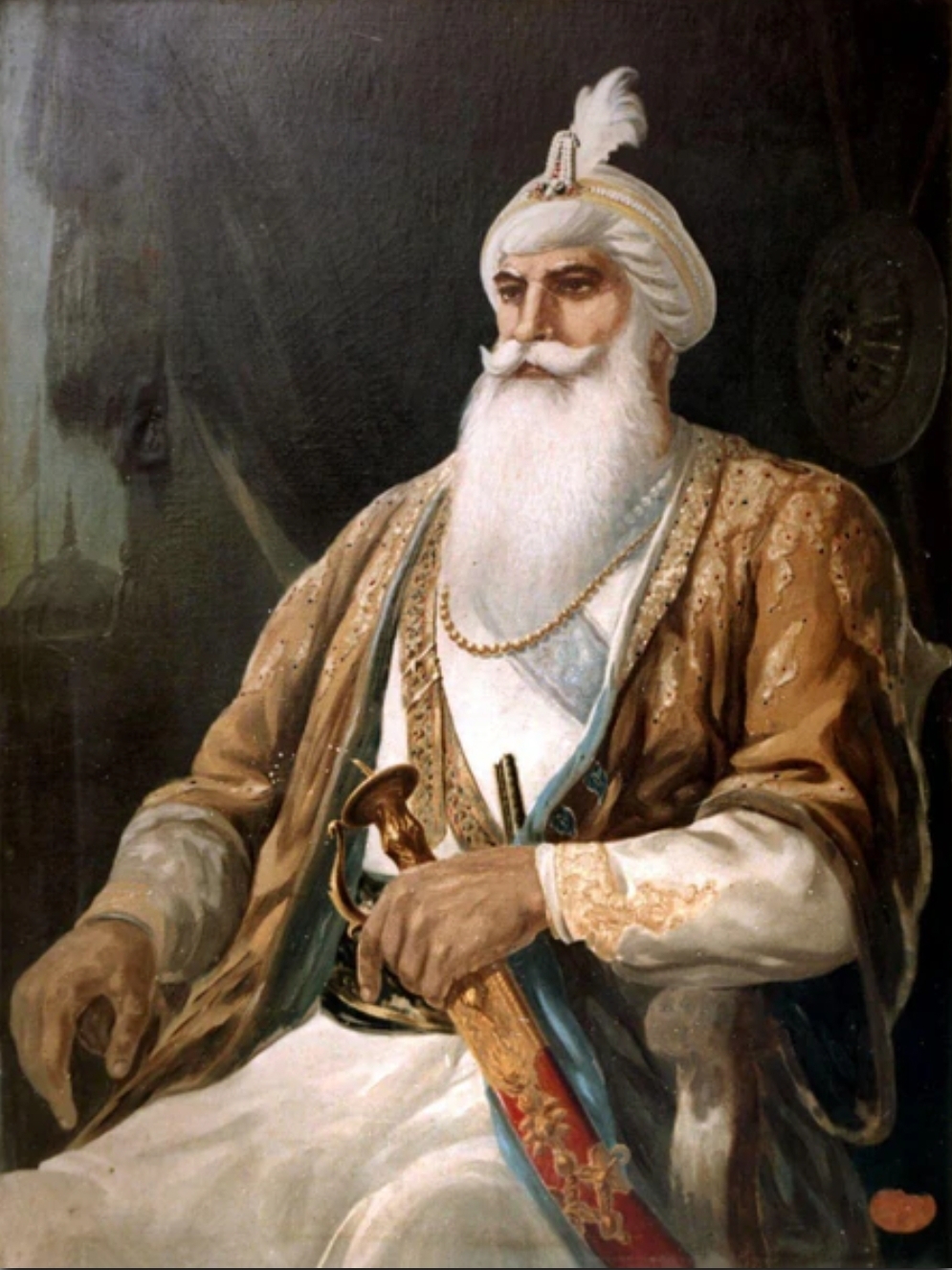During Nadir Shah’s invasion, Jassa Singh worked under Nawab Kapur Singh Virk . He joined in building the fort at Dallewal on the eastern bank of river Ravi where the Sikhs had established their headquarters. He delivered numerous attacks on Nadir Shah’s rear between Rupar on the Satluj and Jammu. Shortly afterwards the fort of Dallewal was demolished by Zakariya Khan and the Sikhs escaped across the Satluj into Malwa. Jassa Singh established himself in Dogar villages of Firozpur district. The Dogars were a pastoral tribe residing on both sides of the Satluj. Jassa Singh captured Baggoki, Hicharwal and Lakhumalanwala. Later on Jassa Singh seized two parganahs of Dogars, Mallanwala and Makhu. These two territories remained with Kapurthala until the first Anglo-Sikh warin 1845. On Zakariya Khan’s death the Sikhs began visiting Amritsar in large numbers. He with Kapur Singh was in the band which kilied Jaspat Rai. He was present in the Chhota Ghallughara, and escaped the massacre of the Sikhs by Yahiya Khan and Lakhpat Rai. He went to Jaitu, 30 kms from Bhatinda and 60 kms from Firozpur, to recover from his wounds. In 1748 at a grand assemblage of the Sikhs Nawab Kapur Singh named the fighting body of Sikhs the Dal Khalsa, and appointed Jassa Singh Ahluwalia its leader. In 1753 Kapur Singh fell ill. Realizing that his end was near, He decided to strengthen the position of Jassa Singh, his foster son. In the presence of a large gathering at Amritsar, Kapur Singh Virk handed over to Jassa Singh the steel mace of Guru Gobind Singh. In as tirring speech he declared that he was passing on his prestige, power and influence to Jassa Singh in preference to his own son Khushhal Singh. As a matter of fact he followed the instructions of Mata Sundari in this matter. Jassa Singh was a blooming youth of thirty-five years at this time. The Sikhs began to call him Sultan-ul-Qaum or king of the community. In December, 1753, after the death of Muin-ul-Mulk he established his headquarters at Fatahabad onthe right bank of river Beas and set up his thana or military post in the sarae. It was converted into a fort and was called Khalwara. Fatahabad remained his capital upto 1780, when he shifted to Kapurthala.
References :-
- Source – HISTORY OF THE SIKHS Vol. IV,The Sikh Commonwealth or Rise and Fall of Sikh Misls By Hari ram gupta.


